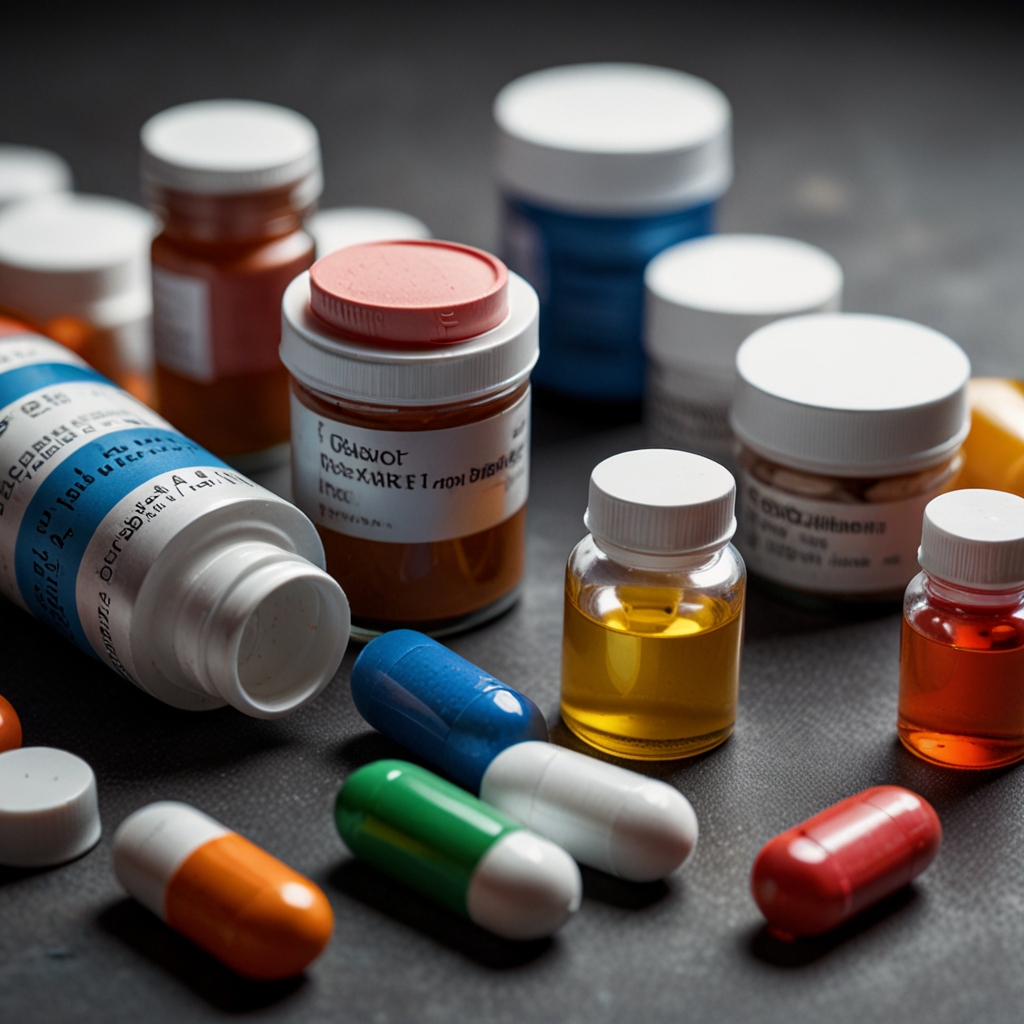
Attention Deficit Hyperactivity Disorder (ADHD) affects millions of people worldwide, impacting their ability to focus, control impulses, and manage hyperactive behaviors. When lifestyle modifications and behavioral therapies aren’t sufficient, medication often becomes a crucial component of ADHD treatment. Understanding the differences between stimulant and non-stimulant medications can help patients and families make informed decisions about their treatment options.
Understanding ADHD Medication Categories
ADHD medications fall into two primary categories: stimulants and non-stimulants. Both types work by affecting neurotransmitters in the brain, particularly dopamine and norepinephrine, which play essential roles in attention, focus, and impulse control. However, they achieve these effects through different mechanisms and offer distinct advantages and considerations.
Stimulant Medications: The First-Line Treatment
Stimulant medications have been the gold standard for ADHD treatment for decades, with research demonstrating their effectiveness in approximately 70-80% of people with ADHD. These medications work by increasing the availability of dopamine and norepinephrine in the brain, improving focus, attention, and impulse control.
Types of Stimulant Medications
Methylphenidate-based medications include immediate-release and extended-release formulations such as Ritalin, Concerta, and Daytrana. These medications typically begin working within 30-60 minutes and can last anywhere from 4 to 12 hours depending on the formulation.
Amphetamine-based medications include Adderall, Vyvanse, and Dexedrine. These tend to have a slightly longer duration of action and may be more effective for some individuals, particularly those who don’t respond well to methylphenidate-based options.
Benefits of Stimulant Medications
Stimulants offer several advantages as ADHD treatments. They typically provide rapid symptom relief, often showing improvements within the first dose. The effects are generally predictable and dose-dependent, making it easier for healthcare providers to adjust treatment. Additionally, stimulants have extensive research backing their safety and efficacy when used as prescribed.
Potential Side Effects and Considerations
Common side effects of stimulant medications include decreased appetite, sleep difficulties, mood changes, and potential impacts on growth in children. Some individuals may experience increased anxiety, irritability, or tics. These medications also carry a risk of misuse and are classified as controlled substances, requiring careful monitoring and secure storage.
Non-Stimulant Medications: Alternative Treatment Options
Non-stimulant medications provide valuable alternatives for individuals who don’t respond well to stimulants, experience intolerable side effects, or have contraindications to stimulant use. These medications work through different mechanisms but can be equally effective for managing ADHD symptoms.
Types of Non-Stimulant Medications
Atomoxetine (Strattera) was the first non-stimulant medication approved specifically for ADHD. It works by selectively inhibiting norepinephrine reuptake and typically takes several weeks to reach full effectiveness.
Guanfacine (Intuniv) and Clonidine (Kapvay) are alpha-2 agonists originally developed for blood pressure management. These medications can be particularly helpful for individuals with ADHD who also experience aggression or sleep difficulties.
Bupropion (Wellbutrin), while primarily an antidepressant, is sometimes used off-label for ADHD treatment, especially in adults who also have depression or anxiety.
Advantages of Non-Stimulant Medications
Non-stimulant medications offer several unique benefits. They don’t carry the risk of abuse or dependence associated with stimulants, making them suitable for individuals with a history of substance abuse. These medications often provide more consistent symptom control throughout the day and may be better tolerated by individuals who experience significant side effects from stimulants.
Non-stimulants may also be preferred for individuals with certain medical conditions, such as heart problems, severe anxiety, or tics, where stimulants might be contraindicated.
Considerations for Non-Stimulant Use
The primary drawback of non-stimulant medications is that they typically take longer to show full effects, often requiring 4-6 weeks of consistent use. They may also be less effective than stimulants for some individuals, and finding the right medication and dosage can require more time and patience.
Making the Right Choice for ADHD Treatment
The decision between stimulant and non-stimulant medications should always be made in consultation with a qualified healthcare provider who can assess individual needs, medical history, and treatment goals. Factors influencing this decision include the severity of ADHD symptoms, presence of other medical or psychiatric conditions, potential for medication interactions, lifestyle considerations, and individual response to previous treatments.
Many individuals find success with their first medication trial, while others may need to try multiple options or combinations to achieve optimal symptom control. The key is working closely with healthcare providers to monitor effectiveness and side effects while making adjustments as needed.
Conclusion
Both stimulant and non-stimulant medications play important roles in ADHD treatment, offering different advantages and considerations. While stimulants remain the first-line treatment due to their rapid onset and proven effectiveness, non-stimulant options provide valuable alternatives for those who need them. The most effective ADHD treatment plan is individualized, taking into account each person’s unique needs, preferences, and circumstances. With proper medical guidance and monitoring, both medication categories can significantly improve quality of life for individuals living with ADHD.